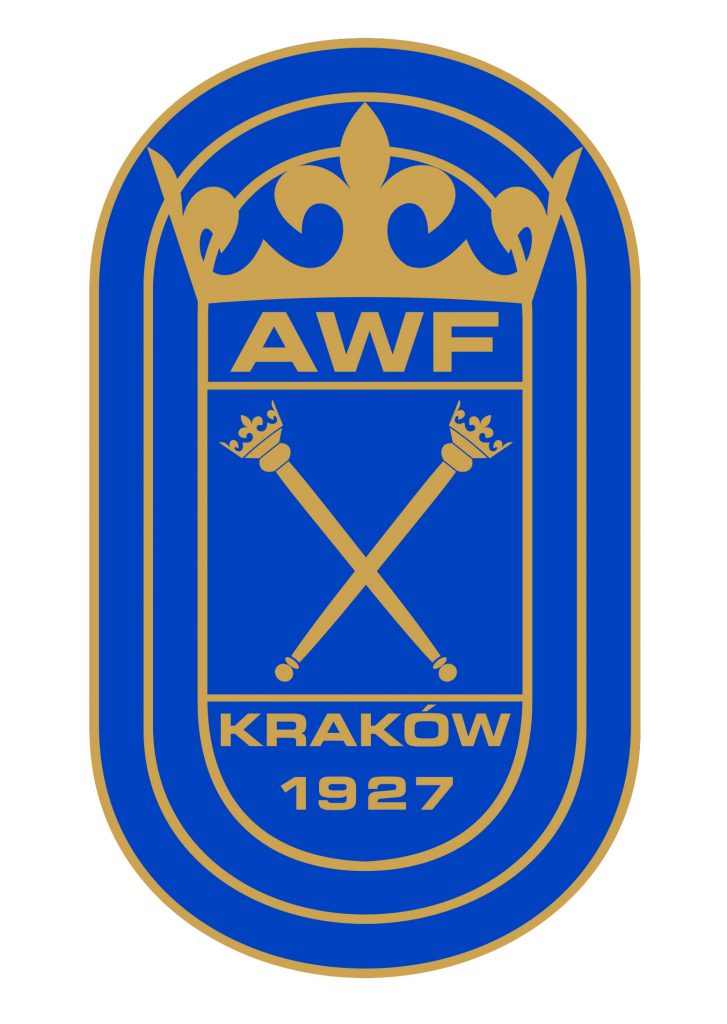Vibrotherapy speeds up post-exercise recovery in obese women
Obesity is one of the diseases of civilisation in the 21st century and is defined as an excessive accumulation of body fat. There is no doubt that such a condition is dangerous and has a negative impact on the functioning of the entire body. People with obesity are at greater risk of developing other diseases of civilisation, such as hypertension, ischaemic heart disease, type 2 diabetes, fatty liver, sleep apnoea, arthritis and certain types of cancer (breast, ovarian, prostate, liver, gallbladder, kidney and colon). Current data indicate that, globally, about 38% of the population has an overweight or obesity problem.
Compiled from:

Piotrowska A, Bożek A, Wiśniewski A et al. Local vibration improves recovery from prolonged exercise in overweight and obese women. Archives of Physiotherapy and Global Researches. (2023);26(1):35-42.
Study population
The study included 20 women who do not undertake any additional physical activity on a daily basis; they only performed basic daily activities. All women had a high BMI, with an average of 32. The mean age of the subjects was 40.5 years.
Study procedure
Patients were randomly allocated to two groups, study (SG) and control (CG).
Prior to the start of the exercise intervention, eligible women underwent baseline somatic measurements such as body mass (BM), lean body mass (LBM) and body height (BH), as well as baseline exercise tests to assess aerobic capacity.
After the baseline test, the participants had their blood drawn and then received either vibration therapy (SG) or placebo (CG). The second blood draw in the women took place immediately after the therapy and the final, third blood draw, 24 hours after exercise.
The blood collected was used to determine myoglobin (Mb), creatinine kinase (CK) and lactate dehydrogenase (LDH) levels.
Use of vibration in the study
The RAM V+ apparatus from the Polish manufacturer Vitberg was used for the study. Treatments were performed in a semi-recumbent position in two cycles of 30 min each (60 min in total). The therapeutic stimulus generated by the device during the treatment was oscillatory-cycloidal vibration, with low amplitude, low and medium frequency and a variable pulse sequence (f) (f = 20-52 Hz, A = 0.1-0.5 mm, a = 6.9-13.5 m/s2). During the 30-minute cycle, vibration was intermittent at different values of frequency, amplitude and acceleration.
Results
Statistical analysis showed that Mb concentration and CK and LDH activity at time 0, i.e. immediately after exercise, did not differ between groups, but this changed significantly in subsequent measurements.
There was an increase in myoglobin after the recovery treatments (2nd measurement), but this was significantly higher in the control group (CG). After 24 hours, this marker still differed between the test and control groups.
Creatinine kinase (CK) activity also varied over time and one hour after exercise there was a significant increase in both groups, but the increase was significantly higher in the control group.
LDH activity, like the previous parameters, changed over time. One hour after the physical intervention there was an increase in activity in both groups significantly increased, definitely more in the control group. It should be noted that the third measurement, after 24 hours, for the vibration-treated group was not significantly different from baseline values, while it was significantly higher in the control group.
Comment
Statistical analysis showed lower values of the tested markers in vibrotherapy-treated women, confirming previous observations on the subject. The faster elimination of components released from the muscles during their intensified work allows the symptoms of DOMS to be alleviated. And this, in turn, will improve exercise acceptability in the study group.
More in:

